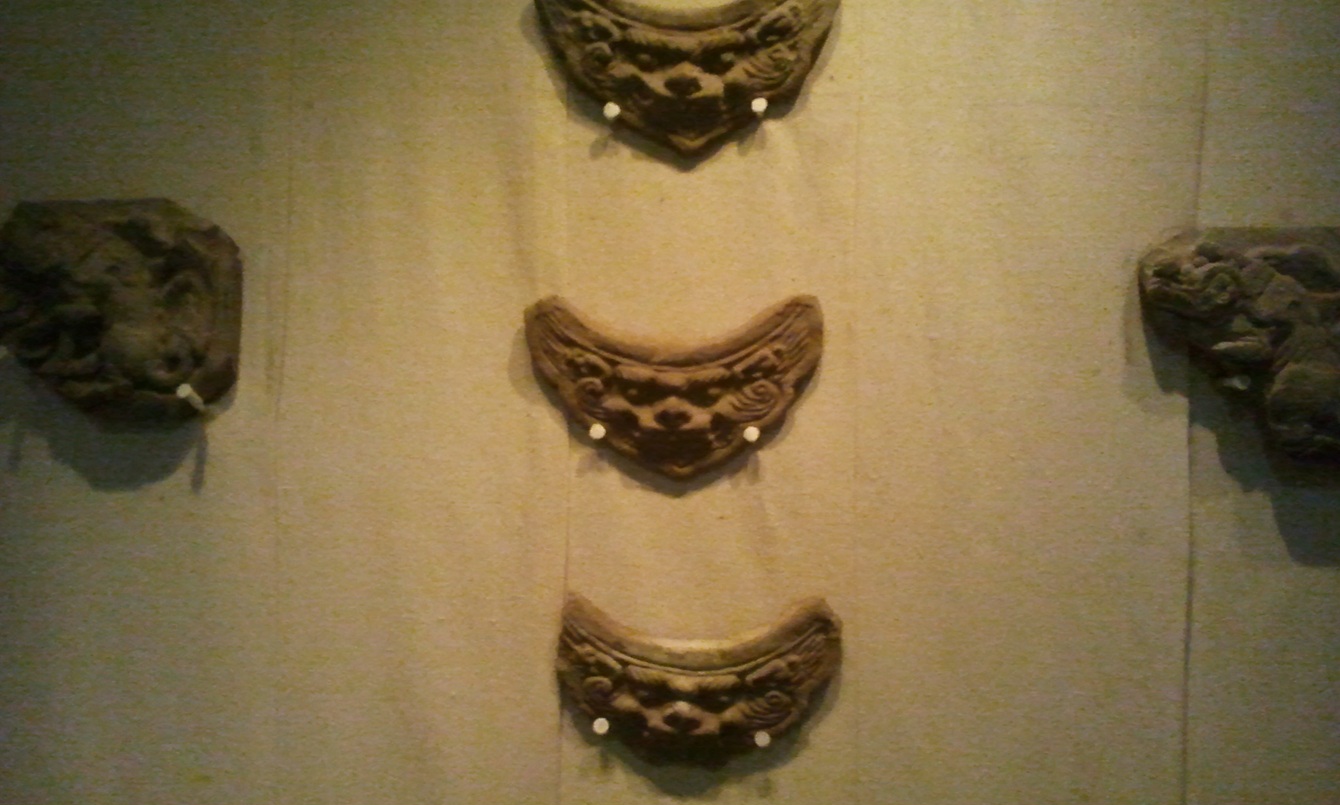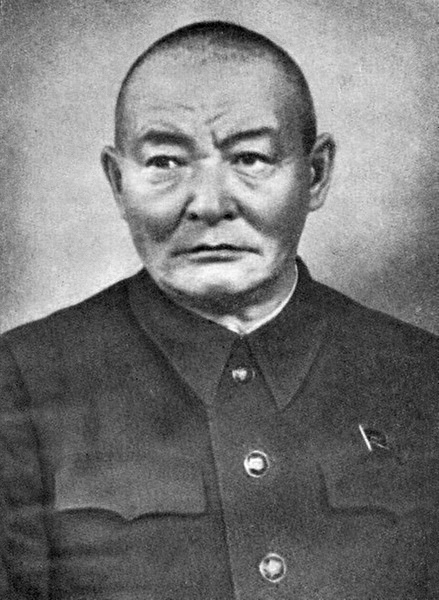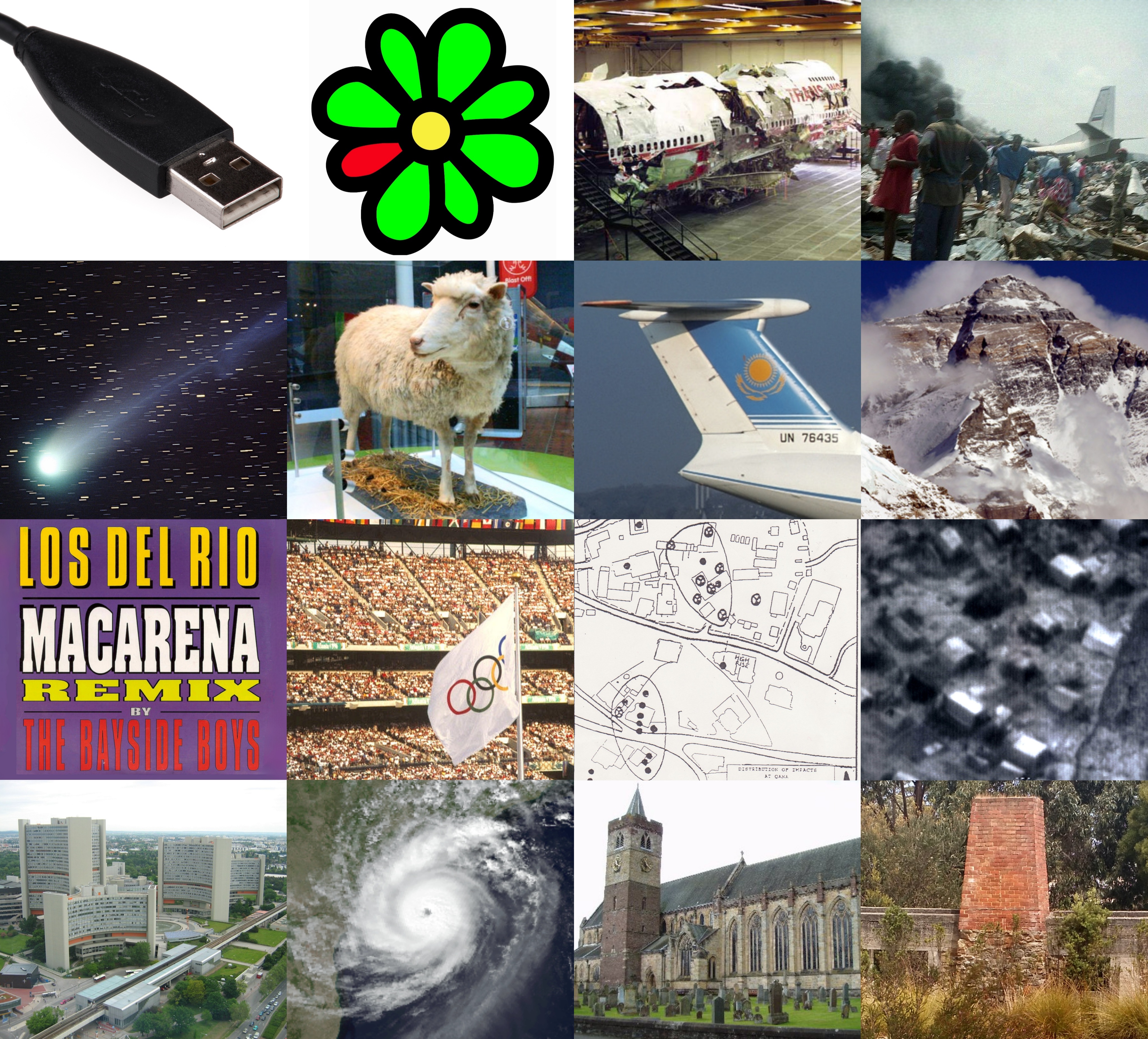|
Memorial Museum Of Victims Of Political Repression
The Memorial Museum of Victims of Political Repression () was a museum in Ulaanbaatar dedicated to the victims of political repressions in Mongolia from 1922 to 1962. The museum was housed in the former residence of Mongolian prime minister Peljidiin Genden, a wooden structure built in 1928 by a German engineer named Goring. The museum was opened on 10 September 1996 by the initiative of Gendengiin Tserendulam, daughter of the former prime minister. The museum was demolished in 2019 and a 22-storey office block was erected in its place. Further reading * Stalinist repressions in Mongolia The Stalinist repressions in Mongolia () was an 18-month period of heightened political violence and persecution in the Mongolian People's Republic between 1937 and 1939. The repressions were an extension of the Stalinist purges (also known as ... See also * Museum of Victims of Political Repression in Tashkent, Uzbekistan * Museum of Political Repression Victims, Azerbaijan Refere ... [...More Info...] [...Related Items...] OR: [Wikipedia] [Google] [Baidu] |
Ulaanbaatar
Ulaanbaatar is the Capital (political), capital and List of cities in Mongolia, most populous city of Mongolia. It has a population of 1.6 million, and it is the coldest capital city in the world by average yearly temperature. The municipality is located in north central Mongolia at an elevation of about in a valley on the Tuul River. The city was founded in 1639 as a nomadic Buddhist monasticism, Buddhist monastic centre, changing location 29 times, and was permanently settled at its modern location in 1778. During its early years, as Örgöö (anglicized as Urga), it became Mongolia under Qing rule, Mongolia's preeminent religious centre and seat of the Jebtsundamba Khutuktu, the spiritual head of the Gelug lineage of Tibetan Buddhism in Mongolia. Following the regulation of Kyakhta trade, Qing-Russian trade by the Treaty of Kyakhta (1727), Treaty of Kyakhta in 1727, a caravan route between Beijing and Kyakhta opened up, along which the city was eventually settled. With ... [...More Info...] [...Related Items...] OR: [Wikipedia] [Google] [Baidu] |
Mongolia
Mongolia is a landlocked country in East Asia, bordered by Russia to the north and China to the south and southeast. It covers an area of , with a population of 3.5 million, making it the world's List of countries and dependencies by population density, most sparsely populated sovereign state. Mongolia is the world's largest landlocked country that does not border an Endorheic basin, inland sea, and much of its area is covered by grassy steppe, with mountains to the north and west and the Gobi Desert to the south. Ulaanbaatar, the capital and List of cities in Mongolia, largest city, is home to roughly half of the country's population. The territory of modern-day Mongolia has been ruled by various nomadic empires, including the Xiongnu, the Xianbei, the Rouran, the First Turkic Khaganate, the Second Turkic Khaganate, the Uyghur Khaganate and others. In 1206, Genghis Khan founded the Mongol Empire, which became the largest List of largest empires, contiguous land empire i ... [...More Info...] [...Related Items...] OR: [Wikipedia] [Google] [Baidu] |
History Museum
A museum is an institution dedicated to displaying or Preservation (library and archive), preserving culturally or scientifically significant objects. Many museums have exhibitions of these objects on public display, and some have private collections that are used by researchers and specialists. Museums host a much wider range of objects than a library, and they usually focus on a specific theme, such as the art museums, arts, science museums, science, natural history museums, natural history or Local museum, local history. Public museums that host exhibitions and interactive demonstrations are often tourist attractions, and many draw large numbers of visitors from outside of their host country, with the List of most-visited museums, most visited museums in the world attracting millions of visitors annually. Since the establishment of Ennigaldi-Nanna's museum, the earliest known museum in ancient history, ancient times, museums have been associated with academia and the preserva ... [...More Info...] [...Related Items...] OR: [Wikipedia] [Google] [Baidu] |
Prime Minister Of Mongolia
The prime minister of Mongolia () is the head of the government of Mongolia. The prime minister is appointed by the Mongolian parliament or the State Great Khural, and can be removed by the parliament with a vote of no confidence. The incumbent prime minister is Gombojavyn Zandanshatar, who succeeded Luvsannamsrain Oyun-Erdene on 13 June 2025, following his resignation. The Prime Minister holds the authority to hire and dismiss Cabinet ministers and is responsible for appointing the governors of the 21 aimags of Mongolia, as well as the governor of the capital, Ulaanbaatar. Additionally, the Prime Minister plays a crucial role in shaping domestic policy and directing the government’s legislative agenda. The appointment of key figures in the government, such as the head of various state agencies and ministries, also falls within the Prime Minister’s scope of influence. In the case of political reforms, the Prime Minister's decisions can significantly impact governance s ... [...More Info...] [...Related Items...] OR: [Wikipedia] [Google] [Baidu] |
Peljidiin Genden
Peljidiin Genden (; 1892 or 1895 – November 26, 1937) was a Mongolian politician and statesman who served as the first president of Mongolia from 1924 to 1927, and the ninth prime minister of the country from 1932 to 1936. As one of three MPRP secretaries, Genden was responsible for the swift compulsory implementation of socialist economic policies in the early 1930s. In 1932, he was granted Joseph Stalin's support to become prime minister, but then increasingly resisted pressure from Moscow to liquidate institutional Buddhism and permit increased Soviet influence in Mongolia. His independent temperament, outspokenness (he became famous for fearlessly confronting Stalin during their public meetings in Moscow and was one of the few to stand up to Stalin's strong personality), and growing nationalist sentiments ultimately led to his Soviet-orchestrated purge in March 1936. Accused of conspiring against the revolution and spying for the Japanese, he was executed in Mosco ... [...More Info...] [...Related Items...] OR: [Wikipedia] [Google] [Baidu] |
Stalinist Repressions In Mongolia
The Stalinist repressions in Mongolia () was an 18-month period of heightened political violence and persecution in the Mongolian People's Republic between 1937 and 1939. The repressions were an extension of the Stalinist purges (also known as the Great Purge) unfolding across the Soviet Union around the same time. Soviet NKVD advisors, under the nominal direction of Mongolia's ''de facto'' leader Khorloogiin Choibalsan, persecuted thousands of individuals and organizations perceived as threats to the Mongolian Revolution of 1921, Mongolian revolution and the growing Soviet influence in the country. As in the Soviet Union, methods of repression included torture, show trials, executions, and imprisonment in remote forced labor camps, often in Soviet Gulag, gulags. Estimates differ, but anywhere between 20,000 and 35,000 "enemies of the revolution" were executed, a figure representing three to five percent of Mongolia's total population at the time. Victims included those accused ... [...More Info...] [...Related Items...] OR: [Wikipedia] [Google] [Baidu] |
Museum Of Victims Of Political Repression In Tashkent
The Museum of Victims of Political Repression in Tashkent () is a museum which tells the history of Uzbekistan during the political repression in the Soviet Union, in particular that of the people killed at that time. Details The museum is dedicated to the memory of the people who fought for the independence of Uzbekistan and who were killed by the government. The museum is one of the youngest museums in Uzbekistan as it was established on 31 August 2002, by President Islam Karimov. The Museum was first located in a very small park area in front of the Tashkent Tower. The museum has expanded rapidly, and has become part of a large memorial complex. The museum shows the legacy of controversial periods of Uzbekistan's history from the mid-19th century to the second half of the 20th century. The museum's exhibits consist of photographs, documents and personal belongings of those killed. The repression started in 1860 when the Russian Empire waged a colonial war in Central Asia. ... [...More Info...] [...Related Items...] OR: [Wikipedia] [Google] [Baidu] |
Museum Of Political Repression Victims
The Museum of Political Repression Victims is a museum in Baku, Azerbaijan. It is located in the building where the branches of the main repressive bodies of the Soviet state, namely the Emergency Commission, the People's Commissariat for Internal Affairs and Committee for State Security were located. There were detention cells in the basement of the building, questioning rooms, and places where inmates were shot who sentenced for death The museum's exposition tells about the saddest years of Azerbaijan's history, the Political repression in the Soviet Union, repressive policy of the USSR in 1920–1950, which resulted in the political repression of hundred of thousands of public figures and statesmen, delegates of art, culture, science and ordinary citizens. Description The museum was established on May 24, 2019, in the administrative building of the State Border Service of Azerbaijan, State Border Service as part of the events dedicated to the 100th anniversary of the Border Gu ... [...More Info...] [...Related Items...] OR: [Wikipedia] [Google] [Baidu] |
Demolished Buildings And Structures In Mongolia
Demolition (also known as razing and wrecking) is the science and engineering in safely and efficiently tearing down buildings and other artificial structures. Demolition contrasts with deconstruction, which involves taking a building apart while carefully preserving valuable elements for reuse purposes. For small buildings, such as houses, that are only two or three stories high, demolition is a rather simple process. The building is pulled down either manually or mechanically using large hydraulic equipment: elevated work platforms, cranes, excavators or bulldozers. Larger buildings may require the use of a wrecking ball, a heavy weight on a cable that is swung by a crane into the side of the buildings. Wrecking balls are especially effective against masonry, but are less easily controlled and often less efficient than other methods. Newer methods may use rotational hydraulic shears and silenced rockbreakers attached to excavators to cut or break through wood, steel, a ... [...More Info...] [...Related Items...] OR: [Wikipedia] [Google] [Baidu] |
Museums In Ulaanbaatar
A museum is an institution dedicated to displaying or preserving culturally or scientifically significant objects. Many museums have exhibitions of these objects on public display, and some have private collections that are used by researchers and specialists. Museums host a much wider range of objects than a library, and they usually focus on a specific theme, such as the arts, science, natural history or local history. Public museums that host exhibitions and interactive demonstrations are often tourist attractions, and many draw large numbers of visitors from outside of their host country, with the most visited museums in the world attracting millions of visitors annually. Since the establishment of the earliest known museum in ancient times, museums have been associated with academia and the preservation of rare items. Museums originated as private collections of interesting items, and not until much later did the emphasis on educating the public take root. Etymology The ... [...More Info...] [...Related Items...] OR: [Wikipedia] [Google] [Baidu] |
1996 Establishments In Mongolia
1996 was designated as: * International Year for the Eradication of Poverty Events January * January 8 – A Zairean cargo plane 1996 Air Africa crash, crashes into a crowded market in the center of the capital city of the Democratic Republic of the Congo, Kinshasa, killing around 300 people. * January 9–January 20, 20 – Serious fighting breaks out between Russian soldiers and rebel fighters in Chechnya. * January 11 – Ryutaro Hashimoto, leader of the Liberal Democratic Party (Japan), Liberal Democratic Party, becomes Prime Minister of Japan. * January 13 – Prime Minister of Italy, Italy's Prime Minister, Lamberto Dini, resigns after the failure of all-party talks to confirm him. New talks are initiated by President Oscar Luigi Scalfaro to form a new government. * January 14 – Jorge Sampaio is elected President of Portugal. * January 16 – President of Sierra Leone Valentine Strasser is deposed by the chief of defence, Julius Maada Bio. B ... [...More Info...] [...Related Items...] OR: [Wikipedia] [Google] [Baidu] |
2019 Disestablishments In Mongolia
Nineteen or 19 may refer to: * 19 (number) * One of the years 19 BC, AD 19, 1919, 2019 Films * ''19'' (film), a 2001 Japanese film * ''Nineteen'' (1987 film), a 1987 science fiction film * ''19-Nineteen'', a 2009 South Korean film * ''Diciannove'', a 2024 Italian drama film informally referred to as "Nineteen" in some sources Science * Potassium, an alkali metal * 19 Fortuna, an asteroid Music * 19 (band), a Japanese pop music duo Albums * ''19'' (Adele album), 2008 * ''19'', a 2003 album by Alsou * ''19'', a 2006 album by Evan Yo * ''19'', a 2018 album by MHD * ''19'', one half of the double album ''63/19'' by Kool A.D. * ''Number Nineteen'', a 1971 album by American jazz pianist Mal Waldron * ''XIX'' (EP), a 2019 EP by 1the9 Songs * "19" (song), a 1985 song by British musician Paul Hardcastle * "Stone in Focus", officially "#19", a composition by Aphex Twin * "Nineteen", a song from the 1992 album ''Refugee'' by Bad4Good * "Nineteen", a song from the 2001 alb ... [...More Info...] [...Related Items...] OR: [Wikipedia] [Google] [Baidu] |




